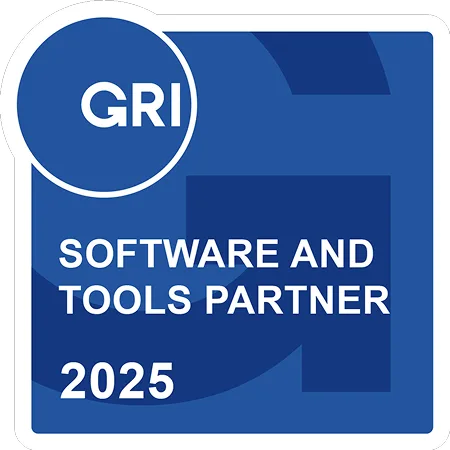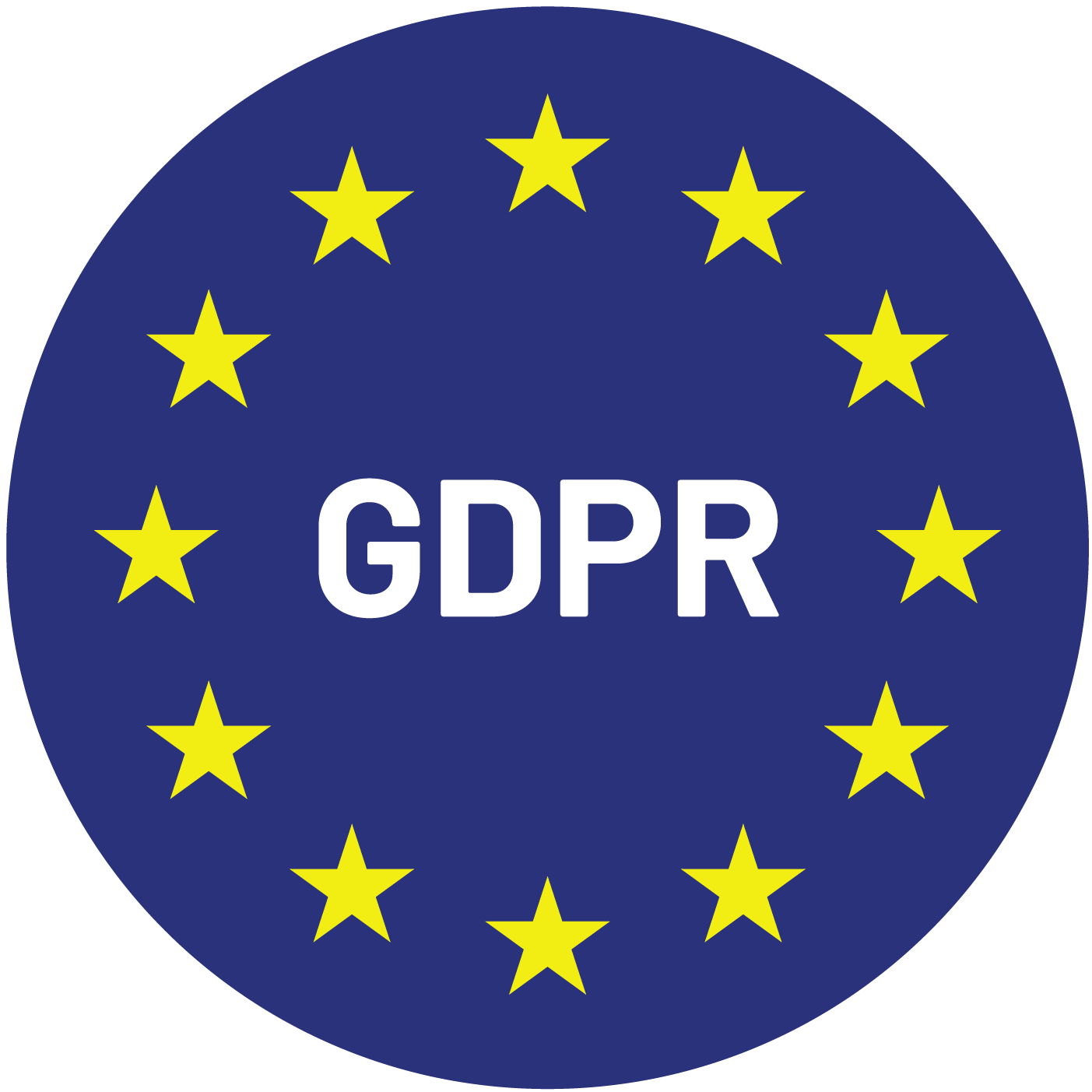Meeting net zero goals is no longer just a visionary statement, it’s a tangible target for forward-thinking companies worldwide. But how do organizations truly measure their progress toward carbon neutrality? The answer lies in robust net zero carbon accounting. This process is the backbone of credible climate commitments, providing the data and transparency needed to chart a path to real emissions reductions.
In this blog, we’ll unpack how net zero carbon accounting works, why it’s essential, and how it empowers companies to deliver on their sustainability promises.
What Is Net Zero Carbon Accounting?
At its core, net zero carbon accounting is the meticulous process of measuring, tracking, and reporting greenhouse gas (GHG) emissions. It involves quantifying all emissions—direct and indirect—that a company is responsible for across its operations and value chain.
Why is this important? Because achieving net zero requires more than offsetting emissions with green projects. It demands a deep understanding of where emissions are generated, how they’re reduced, and what residual emissions need to be neutralized.
The Three Scopes of Carbon Emissions
When accounting for emissions, most organizations follow the Greenhouse Gas Protocol framework, which divides emissions into three scopes:
- Scope 1: Direct emissions from owned or controlled sources (e.g., company vehicles, on-site fuel combustion)
- Scope 2: Indirect emissions from purchased electricity, steam, heating, and cooling
- Scope 3: All other indirect emissions in the value chain (e.g., purchased goods, business travel, waste disposal)
Accurate net zero carbon accounting covers all three scopes, ensuring nothing slips through the cracks.
Why Accurate Carbon Accounting Is Essential for Net Zero
The world’s leading companies—think Microsoft, Unilever, and IKEA—recognize that carbon neutrality starts with credible data. Here’s why robust carbon accounting is essential:
1. Identifies True Emissions Hotspots
Without granular data, companies risk underestimating where their biggest impacts lie. For example, a tech firm might focus on office electricity (Scope 2), but discover through carbon accounting that its greatest emissions come from the supply chain (Scope 3). This insight is pivotal for prioritizing reduction efforts.
2. Avoids Greenwashing
Transparency is under the microscope. Net zero claims backed by solid accounting are less likely to attract accusations of greenwashing or regulatory scrutiny. Reporting standards like the Task Force on Climate-related Financial Disclosures (TCFD) and CDP (formerly Carbon Disclosure Project) require detailed, auditable data.
3. Attracts Investors and Customers
Sustainability is a major decision factor for investors and consumers. According to McKinsey, over 80% of investors consider ESG (Environmental, Social, and Governance) performance in their decisions. Robust net zero carbon accounting signals trustworthiness and minimizes reputational risk.
4. Enables Targeted Action
You can’t manage what you don’t measure. With accurate accounting, companies set science-based targets, monitor progress, and adjust strategies in real time.
Steps to Effective Net Zero Carbon Accounting
Ready to build a credible carbon neutrality roadmap? Here’s how to get started:
1. Define Boundaries and Materiality
Determine which operations, subsidiaries, and value chain partners to include. Materiality assessments ensure the most significant emissions are prioritized.
2. Collect Quality Data
Gather data from energy bills, supplier reports, travel logs, and more. When data is missing, use credible estimation methods—but always aim to improve data quality over time.
3. Calculate Emissions
Use recognized methodologies like the GHG Protocol or national frameworks. Many companies adopt digital tools to automate calculations and reduce errors.
4. Set Reduction Targets
With a clear emissions baseline, set science-based targets aligned with the Paris Agreement. This often means aiming for at least a 50% reduction by 2030.
5. Monitor, Report, Improve
Regularly update your emissions data, report transparently (e.g., via CDP), and refine strategies as you progress. Continuous improvement is key for reaching net zero.
The Future of Net Zero Carbon Accounting
As regulations tighten and stakeholder expectations rise, net zero carbon accounting is evolving. Companies are moving beyond spreadsheets to integrated digital platforms and blockchain verification for real-time, immutable data.
Artificial intelligence is emerging as a powerful tool to analyze emissions patterns and predict the impact of reduction initiatives. This accelerates decision-making and helps companies stay ahead of compliance deadlines.
Turning Ambition into Action
Net zero carbon accounting isn’t just a compliance exercise—it’s the engine that drives credible, impactful climate action. Companies that invest in accurate measurement, transparent reporting, and continuous improvement are best positioned to meet their net zero goals and build lasting trust.
Ready to empower your organization with smarter carbon accounting?
See how Sprih helps with this.
FAQs
What is net zero carbon accounting?
Net zero carbon accounting is the structured process of measuring, tracking, and reporting all greenhouse gas (GHG) emissions—across operations and value chains—to support a company’s net zero goals. It ensures accurate data on where emissions originate, how they’re reduced, and what remains to be offset.
Why is carbon accounting critical for achieving net zero?
Because you can’t reduce what you don’t measure. Accurate accounting identifies emissions hotspots, supports science-based targets, builds credibility with stakeholders, and ensures compliance with global disclosure frameworks like CDP, TCFD, and CSRD.
What are Scope 1, 2, and 3 emissions?
Scope 1: Direct emissions from owned sources (e.g., vehicles, onsite fuel use).
Scope 2: Indirect emissions from purchased energy.
Scope 3: All other indirect emissions across the value chain (e.g., purchased goods, travel, logistics, end-of-life product impacts).
How do companies begin carbon accounting for net zero?
Start by defining boundaries and material operations. Then collect high-quality data from utilities, suppliers, and internal systems. Use recognized methodologies like the GHG Protocol to calculate emissions and set a baseline for future reductions.
What tools are used in net zero carbon accounting?
Many companies now use specialized software platforms that automate data collection, apply the latest emissions factors, and generate audit-ready reports aligned with CDP, SBTi, or GHG Protocol requirements. AI and blockchain are also emerging for real-time tracking and verification.
What are science-based targets?
Science-based targets are emissions reduction goals aligned with the Paris Agreement, typically aiming for at least a 50% cut by 2030 and net zero by 2050. These targets are set using frameworks like SBTi and grounded in climate science.
How often should emissions data be updated?
Ideally, emissions should be monitored continuously and reported annually. Real-time or quarterly updates are becoming more common, especially for companies integrating carbon metrics into financial and operational decision-making.
What are residual emissions?
Residual emissions are the portion of a company’s footprint that cannot yet be eliminated. To reach net zero, these are typically neutralized through high-quality carbon removals like reforestation, soil sequestration, or direct air capture.
How does carbon accounting support investor confidence?
Investors are demanding transparency. Robust carbon accounting demonstrates that sustainability claims are backed by real data and action, reducing reputational risk and aligning with ESG expectations. Over 80% of investors now factor ESG into decision-making.
How does Sprih help with net zero carbon accounting?
Sprih’s platform enables end-to-end carbon measurement across all scopes, automates data ingestion, applies verified emissions factors, and delivers audit-ready disclosures aligned with global standards. It turns carbon accounting into a strategic lever—not just a compliance task.














